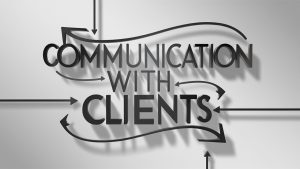Effective Communication with Clients: A Freelancer’s Guide


Effective communication is crucial for freelancers to build strong relationships, ensure project success, and maintain client satisfaction. Here’s a comprehensive guide to best practices for maintaining clear and productive communication with clients.
1. Establish Clear Communication Channels
Choose the right tools and platforms for communication based on client preferences and project needs.
- Email: Use for formal communication, detailed updates, and sharing documents.
- Instant Messaging: Slack, Microsoft Teams, or WhatsApp for quick queries and informal chats.
- Video Calls: Zoom, Skype, or Google Meet for face-to-face discussions and important meetings.
- Project Management Tools: Asana, Trello, or Basecamp to keep track of tasks, deadlines, and project progress.
Define communication expectations early in the project to avoid misunderstandings.
Stay ahead by providing regular updates and anticipating client needs.
Show clients that you value their input by actively listening and responding thoughtfully.
Communicate clearly to avoid confusion and ensure that your messages are understood.

Enhance understanding and retention by incorporating visual elements into your communication.
Accept and act on feedback constructively to improve client relationships and project outcomes.
Keep all interactions professional to build trust and maintain a positive client relationship.
Regular follow-ups show clients that you are committed to the project and value their satisfaction.
Effective communication with clients is essential for successful freelancing. By establishing clear communication channels, setting expectations, being proactive, practicing active listening, being clear and concise, using visual aids, handling feedback professionally, maintaining professionalism, and following up regularly, freelancers can ensure productive and positive interactions with their clients. These best practices not only enhance project outcomes but also build long-lasting client relationships.
For further resources and detailed guides, explore articles and courses available on freelancing platforms and professional development websites to refine your communication skills and strategies.
